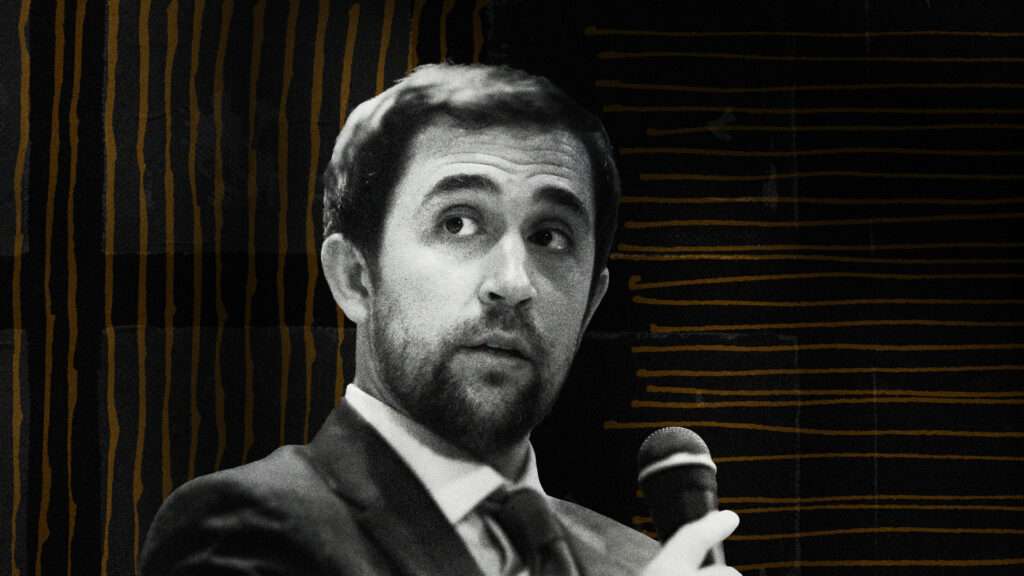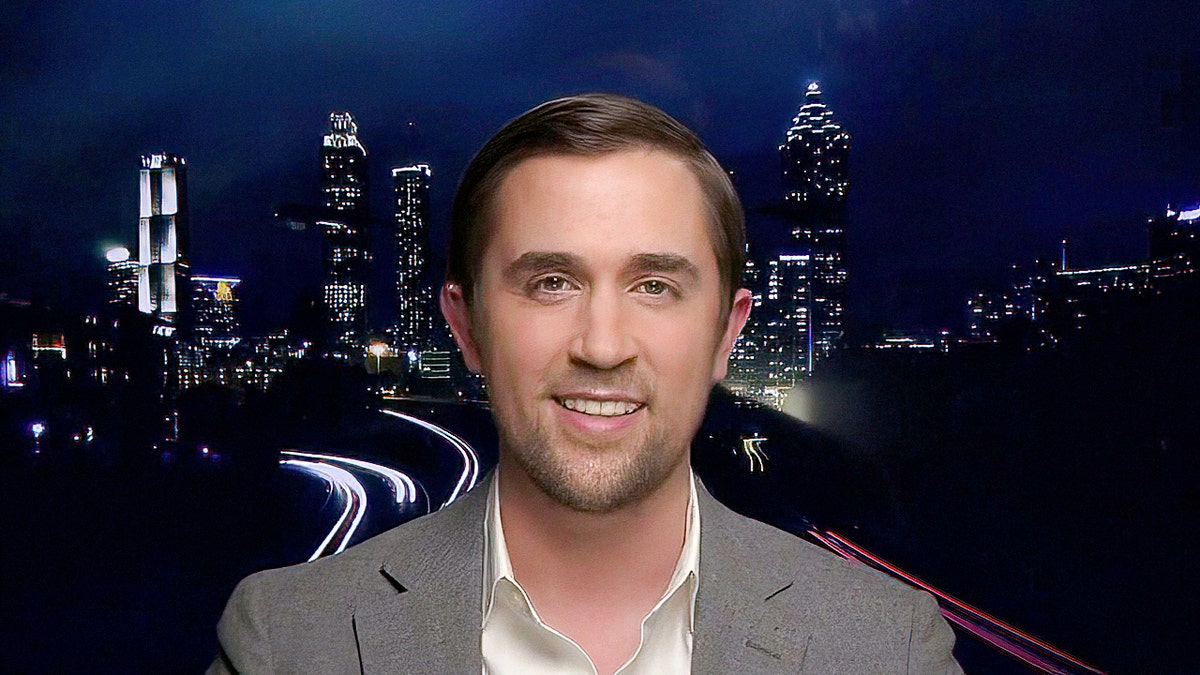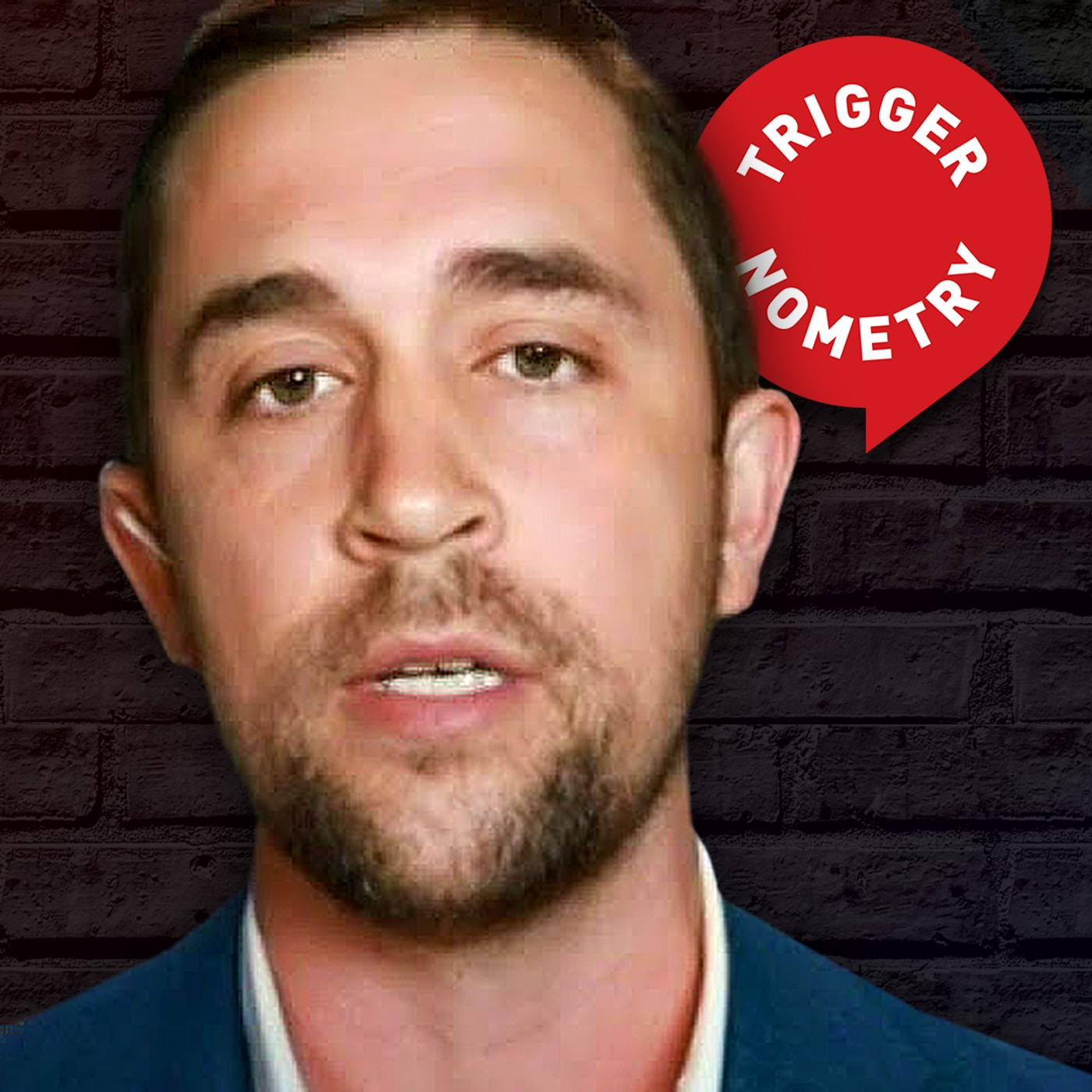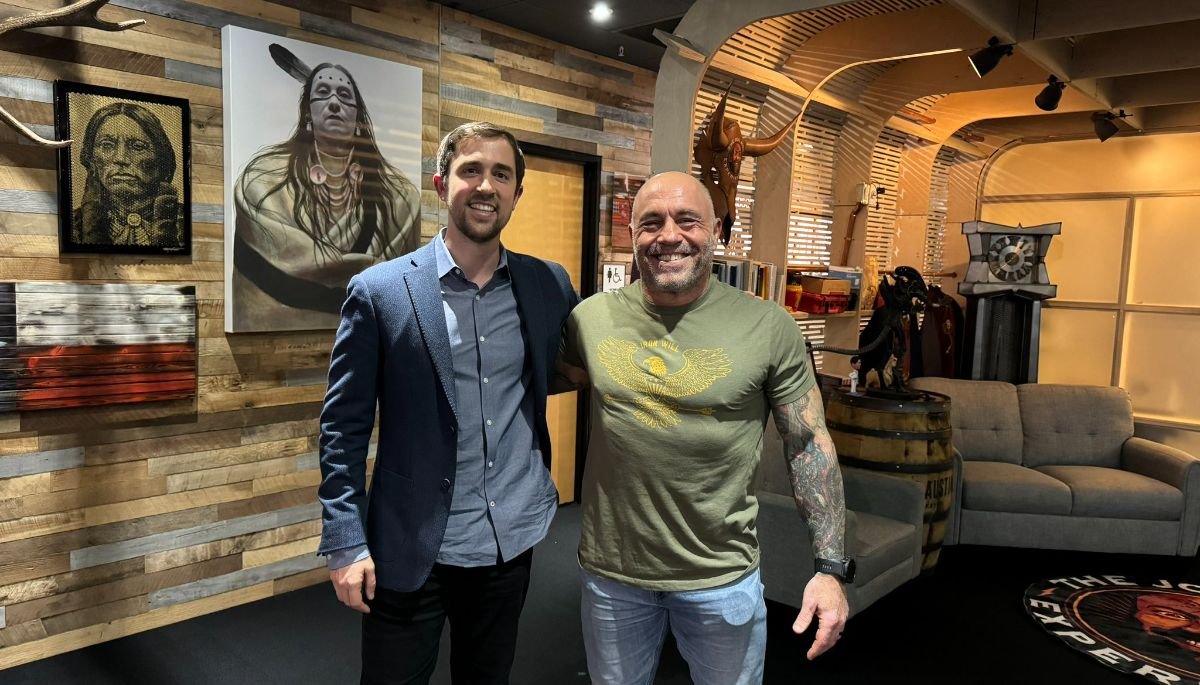
The concept of Critical Race Theory (CRT) has been at the center of a heated debate in recent years, with some hailing it as a necessary tool for understanding and addressing systemic racism, while others condemn it as a divisive ideology that promotes victimhood and anti-white sentiment. But have you ever wondered how this controversy began? In this article, we'll delve into the fascinating story of how a conservative activist inadvertently ignited the firestorm surrounding Critical Race Theory.
The Role of Christopher Rufo: A Conservative Activist
Christopher Rufo, a conservative activist and filmmaker, is often credited with popularizing the term "Critical Race Theory" in the context of the current debate. In 2020, Rufo began investigating the use of CRT in diversity training programs within the federal government. He discovered that some government agencies were using CRT-based materials to educate employees about systemic racism and implicit bias. Rufo was alarmed by what he saw as a pervasive and insidious ideology that threatened American values.
Rufo's research and subsequent media appearances helped to galvanize opposition to CRT, framing it as a radical and anti-American doctrine. His efforts caught the attention of conservative media outlets, politicians, and think tanks, who began to amplify his message. The controversy quickly snowballed, with many on the right embracing Rufo's narrative and calling for a ban on CRT in schools and government institutions.
The Evolution of Critical Race Theory
To understand the controversy surrounding CRT, it's essential to grasp its origins and evolution. Critical Race Theory emerged in the 1970s and 1980s as a response to the perceived limitations of traditional civil rights approaches to addressing racism. CRT scholars, such as Derrick Bell and Kimberlé Crenshaw, sought to examine how racism is embedded in the very fabric of American society, including its laws, institutions, and cultural norms.
CRT is not a single, monolithic ideology, but rather a diverse and complex framework for understanding the intersections of race, power, and privilege. Its proponents argue that CRT provides a necessary lens for analyzing and addressing systemic inequalities, while critics contend that it promotes a divisive and pessimistic view of American society.
The Consequences of the Controversy
The debate over Critical Race Theory has had far-reaching consequences, from the passage of laws banning CRT in schools to the cancellation of diversity training programs in government agencies. The controversy has also led to a surge in book bans, with many conservative groups targeting books that explore themes of racism, diversity, and social justice.
The implications of this controversy extend beyond the realm of education and politics, with many worrying about the chilling effect on free speech and the erosion of academic freedom. As the debate continues to rage, it's essential to consider the potential consequences of suppressing discussions about systemic racism and inequality.
The controversy surrounding Critical Race Theory is a complex and multifaceted issue, with roots in the activism of conservative figures like Christopher Rufo. As we move forward, it's crucial to approach this debate with nuance and empathy, recognizing the value of open discussion and critical inquiry. By engaging with the complexities of CRT and its critiques, we can work towards a more informed and inclusive understanding of the role of race and power in American society. Ultimately, the future of this debate will depend on our ability to listen, learn, and engage with differing perspectives, rather than relying on simplistic or divisive narratives.
This article is optimized for the following keywords: Critical Race Theory, Christopher Rufo, conservative activism, diversity training, systemic racism, and academic freedom.









